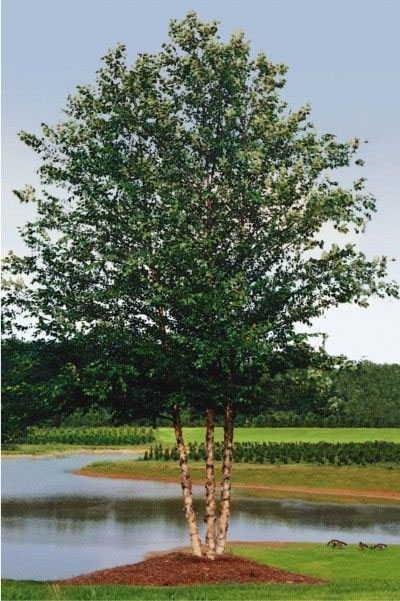Tree of the Month: River Birch
Welcome to our new series on trees, each month we will choose a different tree to study and learn about. Our first month’s tree is the river birch and as you will find out below, these trees have a very special use in addition to providing shade and accentuating your landscaping.

Characteristics
River birch trees are a very popular landscaping tree, they grow beautiful green diamond shaped leaves that turn yellow in the fall. River birch trees grow flowers in spring and winter, adding to their beauty. The bark of a river birch is easily identifiable by its “peeling” look, its bark continually exfoliates while changing colors as the tree ages. Its combination of beautiful foliage and unique bark make it an especially beautiful tree.

River birches can grow to reach 50 to 90 feet in height and benefit from environments with excessive water, making them an ideal solution for their most useful application. River birch trees can develop chlorosis in areas with a pH over 6.5 yet are rarely susceptible to insect or disease problems.
Applications

Perhaps the most unique characteristic of river birch trees is their ability to control soil erosion, these trees work very well along river banks as well as in mine reclamation applications thanks to its ability to tolerate more acidic soils.
Native Americans used the river birch to built utensils and canoe skins. Their wood is very durable and is commonly used as plywood, doors, furniture and veneer.
Sources:
http://bit.ly/2EGan8y
http://bit.ly/2swFrmu
http://bit.ly/2HeZau6
http://bit.ly/2o9oyZt
